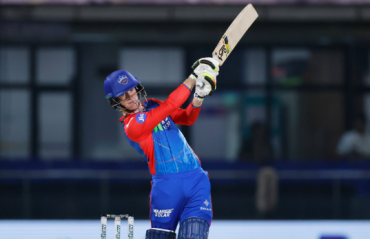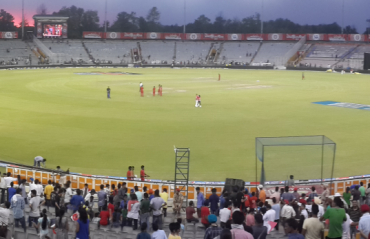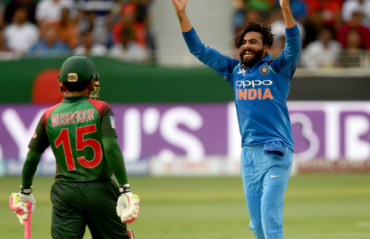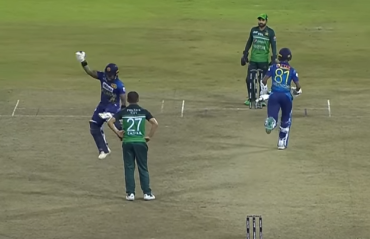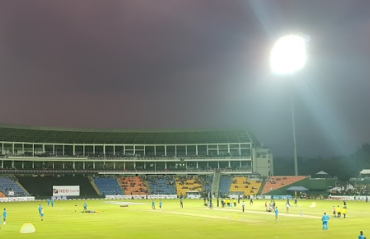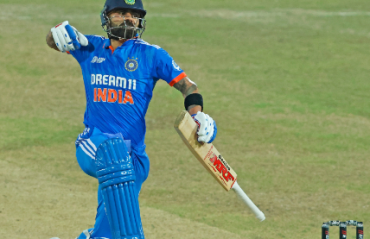#TFGtake: Why is it also good to see bowlers get their rightful due
PLENTY HAS BEEN said and written about the state of the pitches in the Asia cup recently. Many former cricketers and pundits have been pleasantly surprised by the seamer-friendly conditions in Bangladesh.
However, Indian skipper MS Dhoni went on to add that such pitches are not ideal on the eve of World T20. On the other hand, teammate Ravichandran Ashwin said that as international cricketers it’s important for them to adapt to different conditions.
As cricket fans, it was a delight to watch the Virat Kohli-Mohammad Amir battle and it was another example of how the even contest between both bat and ball can produce some intriguing cricket games. It's not always fun to see sides putting up 200 on the board in T20s, and the opposition coming out and chasing them. Bowlers dominating too can be exciting to watch.
The last time we saw an even contest between the bat and ball was in the recently concluded Test series in South Africa. The contest between South Africa’s Morne Morkel and England’s Joe Root was simply breath-taking. While, Morkel kept coming up with hostile deliveries, in the end, Root countered it with a brilliant century.
Former Indian pace attack leader, Javagal Srinath rightly said it's high time the bowlers don't get whacked all over the park all the time and get their rightful due.
At the end of the day, you also want to see the batsman's skill against a talking ball as displayed by Kohli. In fact, the Indian Test skipper went on to say that his innings against Pakistan helped him grow as a batsman.
Ardent cricket fans love the sight of a fast bowler running through to the crease and delivering some special balls to the batsmen. A longish run-up with hostile spell of bowling certainly keeps fanatics on the edge of their seats. There is a thrill of watching these quickies operate with a high success rate. On the other hand, it's tiring to see batsmen score at a strike rate in excess of 160 all the time.
One of the joys of the game is to not only see boundaries and sixes, but to also see the stumps cartwheeling. When the ball moves in the air and off the wicket the slips come into play and make the game more intriguing. Sure you'd love to hear the ball hitting the middle of the bat, but to see edges fly will get you to watch the brilliance in the slip cordon but the slips won’t come into play if you have flat decks.
The true nuances of captaincy also come out in the field placements of a low-scoring game. Also, the best bowlers tend to bowl most of the overs when the target is low as the match doesn't go the full distance. This increases the quality of cricket that is being played.
Even the umpires are put to the test in low scoring games as they have to be more accurate with the caught behind and LBW calls. Whereas in a flat deck, high scoring game, the umpires rarely come under the scanner.
There's a balance that needs to be maintained in cricket pitches. An ideal wicket should be with good bounce and slight movement where the pitch becomes easier to bat on as the innings goes by. Of course, one wants to see strokeplay, too, but that shouldn’t become a regular feature.
It's a different thing if the ball turns square or there is exaggerated seam movement in the wicket which makes it tricky for the batsmen. That is like going to another extreme, but you want wickets falling at regular intervals to make this sport sustain its battle between the bat and ball. You need to give the bowlers a little bit of help. Fortunately, the ongoing Asia Cup has provided some respite from the slam-bang theory.









